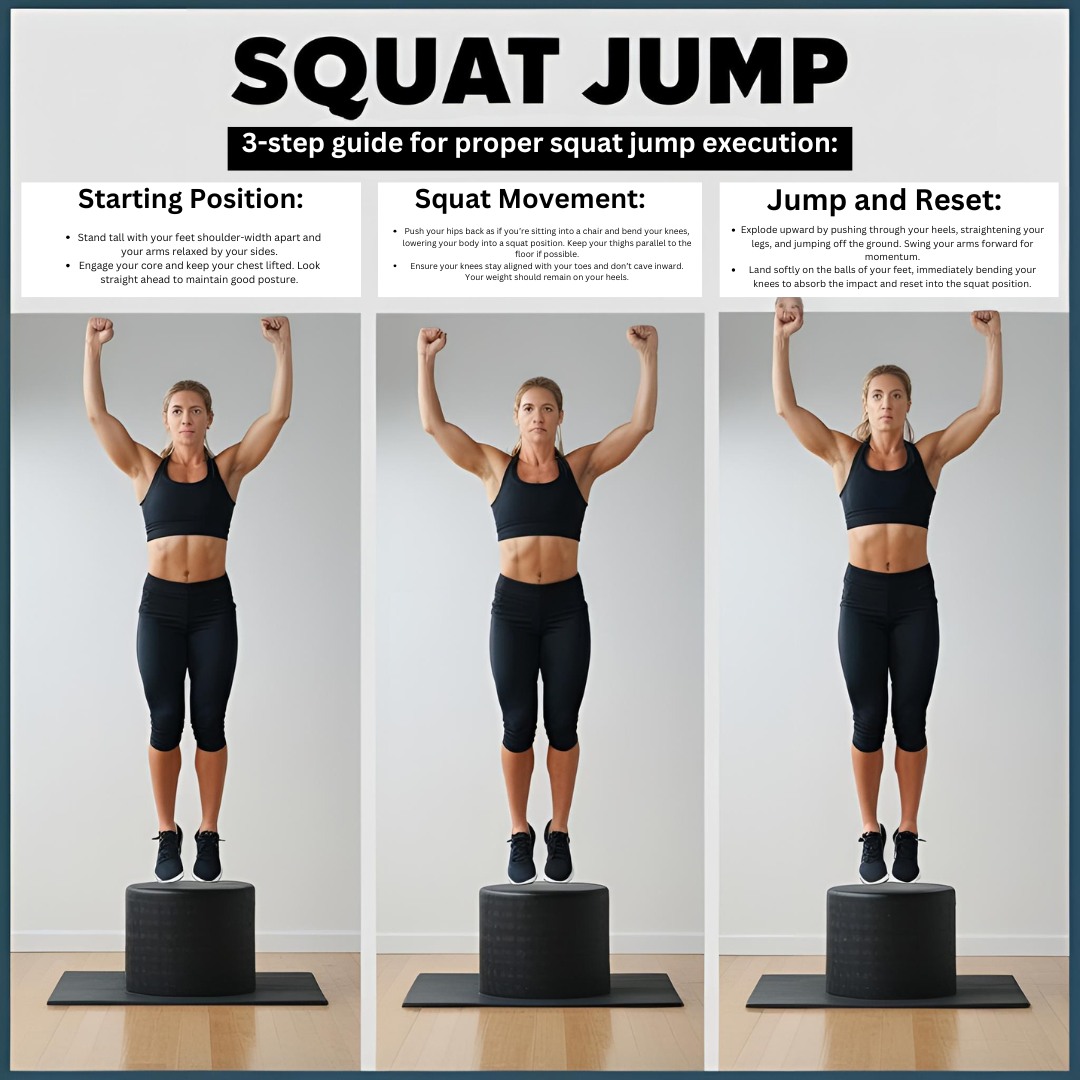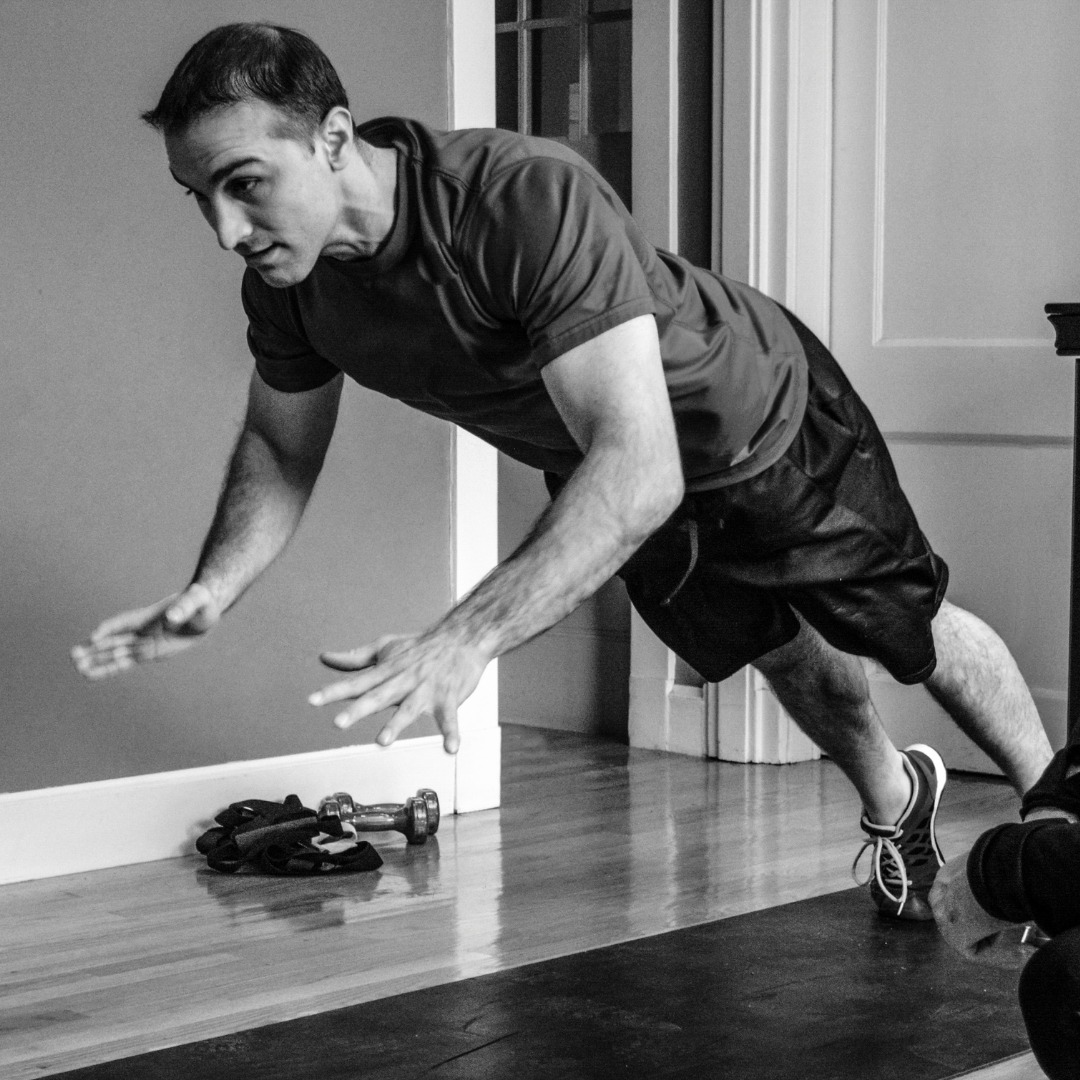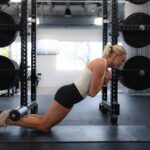Disclosure:
Thank you for reading this post, don't forget to subscribe!
Some of the links on this website are affiliate links. This means that if you click on the link and make a purchase, we may receive a small commission at no extra cost to you. Your support helps us keep the site running.Learn more on my Privacy Policy and Affiliate Disclosure page. Thank you for your support!
Are you looking to improve your athletic performance, boost your strength, and develop explosive power? Plyometrics, often referred to as “jump training,” offers an incredibly effective way to achieve these goals. This comprehensive guide will take you through everything you need to know about plyometric exercises, including their benefits, how to perform them safely, and how to integrate them effectively into your workout routine.
What is Plyometrics?
Plyometrics involves quick, explosive movements designed to increase muscular power, speed, and agility. Developed in the 1970s by Soviet sports scientists, plyometric training utilizes the stretch-shortening cycle, a muscle action sequence that quickly stretches and then contracts muscles to generate maximum force. These exercises typically include jumping, bounding, and rapid directional changes.
read next:
Benefits of Plyometric Training
Enhanced Athletic Performance
Plyometric exercises directly improve athletic capabilities such as vertical jumps, sprints, and agility. A study published by the National Strength and Conditioning Association highlights significant improvements in young athletes’ sprint times and vertical jumps following regular plyometric training.
Increased Muscle Strength and Power
The high-intensity nature of plyometrics promotes fast-twitch muscle fiber activation, essential for explosive strength and rapid movements.
Better Coordination and Balance
Regular plyometric training enhances your neuromuscular system, improving coordination, balance, and proprioception—your body’s sense of position in space.
Key Plyometric Exercises You Should Try

Squat Jumps
- How to Perform: Stand with feet shoulder-width apart, lower into a squat, then explosively jump upward, landing softly back into a squat.
- Benefits: Targets quadriceps, hamstrings, and glutes while improving lower-body explosive power.
Box Jumps
- How to Perform: Stand facing a sturdy box or platform. Jump onto the box using a powerful upward thrust and land softly with knees bent.
- Benefits: Builds lower-body strength, power, and agility.
Plyometric Push-ups
- How to Perform: Assume a standard push-up position, lower your chest to the ground, then push up explosively so your hands leave the ground.
- Benefits: Strengthens upper body muscles, enhancing power and speed.

How to Safely Incorporate Plyometrics into Your Workout Routine
Warm-Up Properly
Always perform dynamic stretches and a thorough warm-up before starting plyometric exercises to reduce the risk of injury.
Start Slowly
If you’re new to plyometrics, begin with basic exercises and lower repetitions, gradually increasing intensity as your body adapts.
Maintain Proper Form
Correct technique is critical to preventing injury. Focus on controlled, explosive movements and soft landings.
Effective Plyometric Workout Routine Example
Try this beginner-friendly routine twice a week:
- Squat Jumps: 3 sets, 10 reps
- Box Jumps: 3 sets, 8 reps
- Plyometric Push-ups: 3 sets, 5-8 reps
- Skater Jumps: 3 sets, 10 reps each leg
- Burpees: 3 sets, 10 reps
Rest for 60-90 seconds between sets.
Common Mistakes to Avoid in Plyometrics
Overtraining
Plyometrics are intense. Limit your sessions to 2-3 times per week to allow sufficient recovery and avoid injuries.
Ignoring Safety Precautions
Always use appropriate footwear and a safe environment with stable surfaces and plenty of space.
Integrating Plyometrics with Other Training Methods
Pair plyometric training with strength exercises such as weightlifting to build a balanced fitness program. Complement your plyometric workouts with cardio exercises from our guide 10 Best Cardio Exercises for Beginners to enhance endurance and overall fitness.
Supplementing Plyometric Training with Proper Nutrition
Nutrition plays a vital role in maximizing plyometric training results. Focus on consuming adequate protein for muscle repair, carbohydrates for energy, and hydration for performance and recovery. For nutritional inspiration, visit our 10 Healthy Breakfast Ideas To Start Your Day Right.
recent post:
Recommended Resources to Expand Your Knowledge
- WebMD on Exercise – Plyometrics 101-What is it and How to do it.
- NSCA Plyometric Training Overview -Training for speed, power, and starting strength.
Final Thoughts and Call-to-Action
Plyometric training can significantly enhance your fitness, agility, and athletic performance. Whether you’re a seasoned athlete or fitness enthusiast, integrating these explosive exercises into your routine can lead to remarkable improvements.
Ready to Jump Higher and Move Faster?
Start your plyometric journey today! Share this guide with your friends, comment below with your experiences, and explore more fitness and wellness content at Morningscape Mindset Media.
MORE ABOUT:
health / fitness / wellness / nutriton
SHARE THIS ARTICLE

















